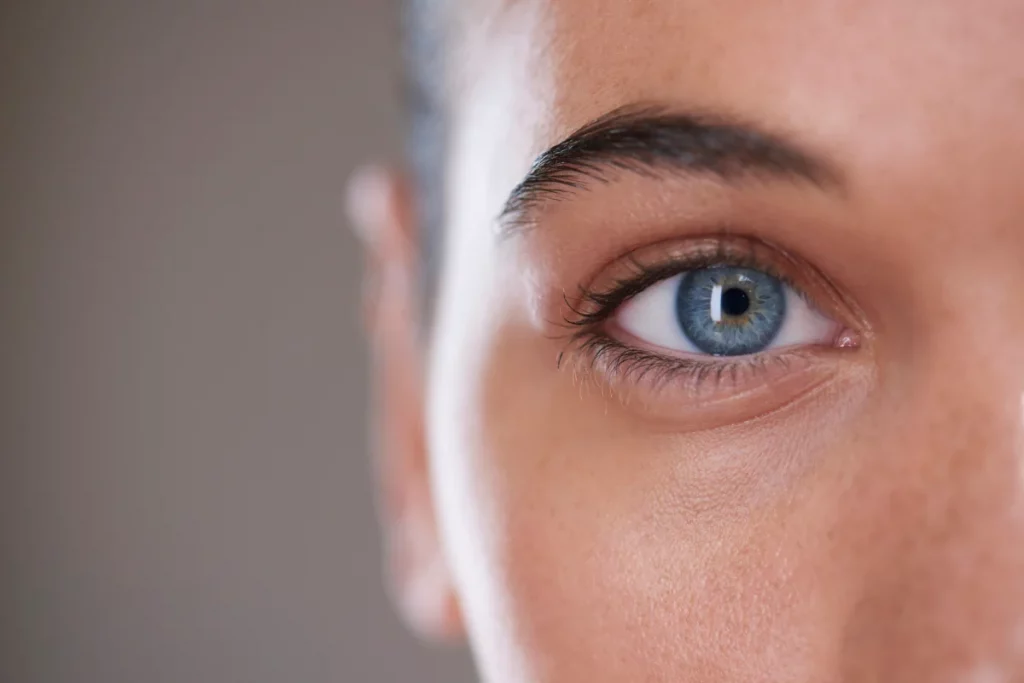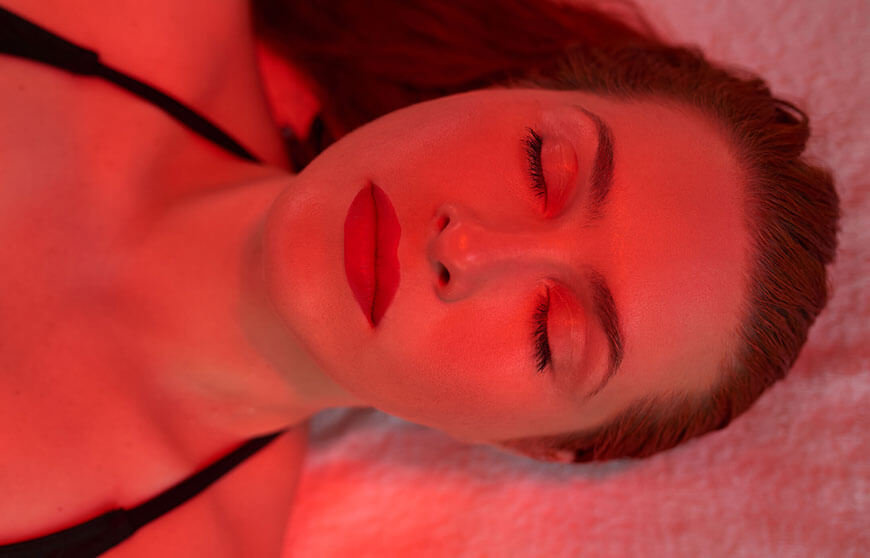Have you started developing cataracts once you’ve started using infrared light therapy? Cataracts are a common eye problem, with many over the age of 40 starts developing this problem in the human eye. But does infrared light cause cataracts, or is it just a myth?
Being surrounded by so many objects that emit infrared light, it is only natural to be concerned about how these lights affect our eyes and may eventually lead to cataracts. Let’s find out about the connection between cataracts and infrared light.

Source: biopharma-reporter.com
Does Infrared Light Cause Cataracts?
You can easily find numerous studies linking infrared light radiation to cataracts online. From the perspective of the glassblower, they are subjected to heat, chemicals, and other dangers. Therefore, their claim that infrared radiation causes cataracts is unconvincing.
The fact is that eye diseases like cataracts are treated with infrared light. Infrared light has been proven to aid in the recovery of eye disorders, laser-related eye injuries, and chemical eye injuries.
Every cell in our body has photoreceptors called chromophores that are made to absorb infrared light, and more than one-third of the sun’s light is near infrared. It’s interesting to note that none of the chromophores in our bodies’ cells can absorb far infrared light.
Infrared therapy has seen a considerable increase in medical applications in recent years. For eye and brain disorders such as diabetic retinopathy, age-related macular degeneration, Leber’s hereditary optic neuropathy, and Parkinson’s disease, infrared light has been demonstrated to have various positive and health-promoting effects.
You Might Be Interested: Should You Wear Goggles in Red Light Therapy?
What Are the Other Benefits of Infrared Lights?
Pain and inflammation
Pain and inflammation may be treated safely and effectively using infrared treatment. It may reach the muscles and bones by penetrating deep into the skin’s layers. Because infrared therapy potentially increases and improves circulation in the skin and other bodily tissues, it might provide nutrients and oxygen to damaged tissues, aiding healing. It may reduce inflammation, protect against oxidative stress, and ease discomfort.
Potential cancer treatment
According to studies, using infrared technology to activate nanoparticles in a lab setting creates a highly poisonous material that may be utilized to fight nearby cancer cells. This concept is applied to a therapy known as photoimmunotherapy, which activates the quick and targeted destruction of cancer cells using infrared light.
Soft & healthy skin
Everyone desires soft and healthy skin with a natural glow. In this case, the IR lamps benefit the user’s skin. The IR light ray may soothe your skin by potentially stimulating the creation of collagen and elastin while reducing wrinkles on the facial skin. Most frequently, the anti-aging & skin rejuvenation treatments use infrared light therapy.
Infrared light treatment is used by dermatologists to treat skin problems like psoriasis, burns, and blisters. Additionally, they advise using infrared light lamps at home to create an infrared light ray. Using infrared light aids in possibly fading acne scars and mending skin damaged by UV rays.
Psoriasis
Some clinical evidence supports using the infrared light treatment for psoriatic skin abnormalities. Due to their potent skin penetration, near-infrared and visible red light with low-intensity show promise for psoriasis, even if clinical trials of low-level light/laser treatment (LLLT) are still in their early stages.
In contrast to infrared light, photodynamic therapy uses powerful pulsed light. It treats psoriasis of the nails.

Source: istockphoto.com
Also read: Does Red Light Therapy Help Dermatitis?
How Does a Cataract Develop?
A clouded lens is a cataract. Your eye’s pigmented portion is in front of the lens (iris). The retina, the light-sensitive membrane in the eye that works like the film in a camera, receives clear, sharp images from the lens by focusing light that enters your eye.
The lenses in your eyes get thicker, less flexible, and less transparent as you age. Proteins and fibers within the lenses deteriorate and clump together due to aging and other medical disorders, clouding the lenses.
The cloudiness gets denser as the cataract progresses. A cataract prevents your retina from receiving a clearly defined image by scattering and blocking light as it travels through the lens. Your eyesight may become hazy as a result.
Both eyes typically develop cataracts, though not always at the same rate. There may be a variation in vision between the two eyes due to the cataract in one eye being further along than the other.
Infrared Light vs. Visible Light
A section of the electromagnetic radiation spectrum with wavelengths ranging from roughly 700 nanometers (nm) to one millimeter is known as infrared radiation (IR) or simply infrared (mm). While shorter than radio waves, infrared waves are longer than visible light waves.
Accordingly, the frequencies of infrared light, which range from around 300 GHz to 400 THz, are greater than those of microwaves but lower than those of visible light. Although longer infrared waves can be felt as heat, infrared light is invisible to the human eye.
However, it does have certain similarities to visible light, such as the ability to be focused, reflected, and polarized. Based on wavelength, infrared can be classified into several spectral zones or bands; however, the precise borders of each band are not uniformly defined.
Near-, mid-, and far-infrared are the three main categories of infrared. Additionally, it can be separated into five groups: near-infrared, short-wavelength, mid-wavelength, long-wavelength, and far-infrared.
Conclusion
So, does infrared light cause cataracts? The straightforward answer is no. On the contrary, infrared light has proven to be quite effective in treating various eye conditions. We hope you now have better knowledge of whether or not infrared light causes cataracts.
Even though there are many potential advantages to exposing your eyes to infrared light responsibly, you may still choose to wear eye protection for a variety of reasons. That includes ongoing discomfort, photosensitivity, the desire to exercise extra caution, underlying medical conditions, or simply because it makes you feel more comfortable.

Hello! I’m Nicky Rodgers.
Almost a decade ago, I got excited about the idea of employing alternative methods like red light therapy to create a healthier life.
To learn more about it, I did my Certified Light Therapist course from Photonic Therapy Institute and started looking into the intricacies of how light therapy influences several bodily processes. Before I knew it, my interest had become an obsession which resulted in this extensive blog.
Here, I offer countless well-researched articles to help you understand the benefits and uses of light therapy. I hope this information gives you a head start in your wellness journey.
